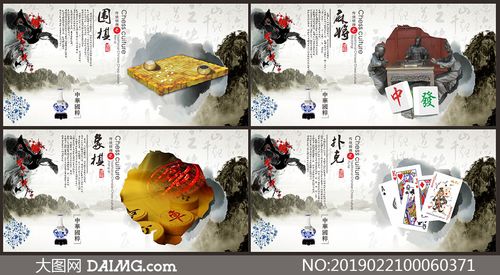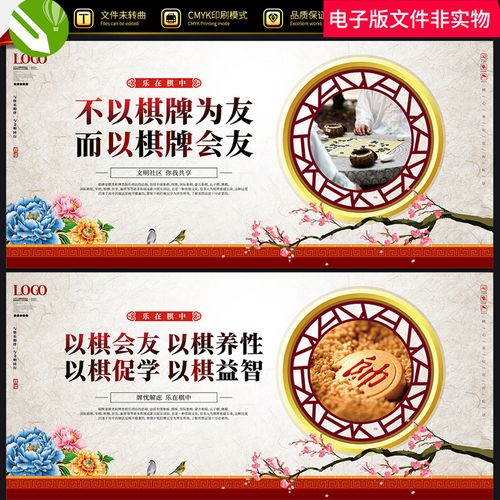Japanese Chess Culture in English

Abstract: This article explores the rich and vibrant culture of Japanese Chess, known as shogi, and examines how it has been adapted and accepted by English-speaking cultures around the world. It looks at the history and current state of the game, as well as its impact on the world of competitive gaming. Finally, the article provides a comprehensive overview of the various aspects of Japanese Chess and its unique terminology.
History of Japanese Chess
Shogi, or Japanese Chess, is believed to have originated in the 8th century and was brought to Japan from China during the Heian period (794–1185). Over the centuries, it has gone through numerous changes and variations, but the basic rules remain largely the same. The modern game is divided into nine “pieces”: the king, rook, bishop, gold general, silver general, knight, lance, pawns, and the promotional piece. The game also utilizes two boards: an inner board where the pieces are initially placed and an outer board where the promoted pieces can move.
Adaptation of Japanese Chess in English-speaking Cultures
With the rise of the internet in the 1990s came increased international exposure for shogi, particularly in English-speaking countries. As more and more people became interested in the game, the need for standardized terminology and notations arose in order to facilitate easy communication and competition. As such, the International Shogi Federation (ISF) was formed to develop and maintain these guidelines, while several shogi organizations around the world began organizing tournaments which further popularized the game.
Impact of Japanese Chess on the Gaming World
In recent years, shogi has also become a major part of the international gaming community. With increased support and promotion, it has risen to prominence on the eSports scene, appearing in major tournaments such as the annual World Cyber Games and the yearly Shogi World Cup. Moreover, the influence of Japanese Chess has been felt in other genres of gaming, with its unique rules and mechanics inspiring titles such as “Dragon Quest”, “Final Fantasy Tactics”, and “Fire Emblem.”
Terminology of Japanese Chess
The game of shogi features a wide range of terms and phrases, some of which date back centuries. These terms are used to describe various aspects of the game, including pieces, moves, and strategies. For instance, “ushirodashi” refers to a move in which a piece advances two squares diagonally, while “hirate” is the name for the opening position of the game. Additionally, “gyakusho” is used to describe a situation in which a piece can capture another but chooses not to do so.
Conclusion
Japanese Chess has come a long way since its humble beginnings and is now widely played around the world. Through its adaptation and promotion in English-speaking countries, it has gained massive popularity on both the casual and competitive gaming scenes. The language barrier has been broken, enabling players to get acquainted with the terminology and strategies of shogi and take part in tournaments worldwide.
原创文章,作者:门清,如若转载,请注明出处:http://m.shihtai.com/show_2645.html

